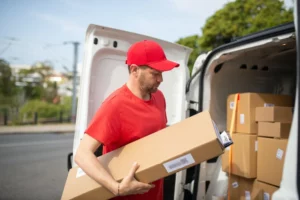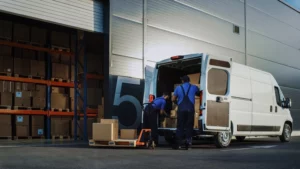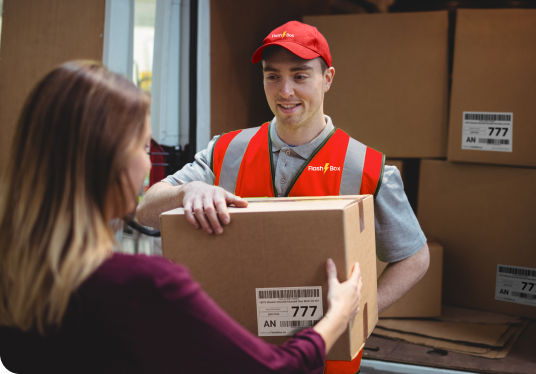Fuel prices are up, and nobody feels good about it. The price of a gallon of gasoline has increased by 70% in the past two years. In just over a month, average gasoline prices in Canada soared about $1.47 per litre to about $1.87 per litre.
Recently, that already-elevated price shot up. The average retail petrol price this month—March 2022—is poised to reach an all-time high at $4.34 per gallon. And, it seems one industry is taking a harder hit than most: e-commerce logistics.
E-commerce retailers introduced (or expanded) many innovations during the Covid-19 pandemic. Now, the customers expect features like same-day delivery rather than view it as a perk. Unfortunately, rising fuel prices have placed an unprecedented strain on the eCommerce delivery and ecosystem. And there are precise impacts of this strain.
Increased Fuel Prices, Increased Delivery Costs
The most obvious impact is increased delivery costs. Retailers now must consider how to handle these costs. Large e-commerce companies, like Alibaba and Amazon, operate at a high enough profit margin that they can ride this out. But smaller retailers have no such option. This leaves many scrambling.
E-Commerce Logistics: Negotiating Cost-Burden Sharing
Many e-commerce companies in the logistics ecosystem find themselves trying to spread the cost burden. Manufacturers, warehouse distributors, and e-commerce brands are all negotiating where the burden of rising fuel prices will land.
Unfortunately, digital retailers don’t have much leverage in these negotiations. The labour economy has shifted dramatically in the past two years. While some have come out winners, the shift has not been in online business owners’ favour.
Some e-commerce retailers have pursued integration strategies. Horizontal integration shares the cost burden among multiple retailers, who then equitably manage a shared asset (a delivery system). This can reduce costs by maximizing efficient use of the resource.
Conversely, vertical integration is a winning strategy for those who can afford it. Amazon, for instance, has some control over delivery costs because it owns its delivery vehicle fleet.
Weighing Possible Solutions for Ecommerce Delivery
The logistics industry has started pursuing three different strategies to resolve the challenges occurring as a result of rising fuel prices.
First, e-commerce retailers have started hitting customers with price hikes. Many have calculated that their customers are loyal enough—or value their brand enough—to keep buying even though the delivery fee is higher.
Second, some e-commerce logistics companies are in talks with the government about unilateral price caps on fuel, tax rebates, and grants.
Finally, some e-commerce retailers are partnering with logistics specialists. These B2B services improve delivery efficiency to cut costs.
Same-Day Delivery across the GTA for only $6 per parcel
Want to spend less on e-commerce logistics? FlashBox has you covered. We deliver in GTA and Vancouver for only $6 per parcel, with no petrol surcharge added.
If you are looking for a fast and reliable same-day delivery partner, FlashBox helps you delight your customers and give them a same-day delivery experience. Talk with one of our delivery experts today about your delivery needs.





